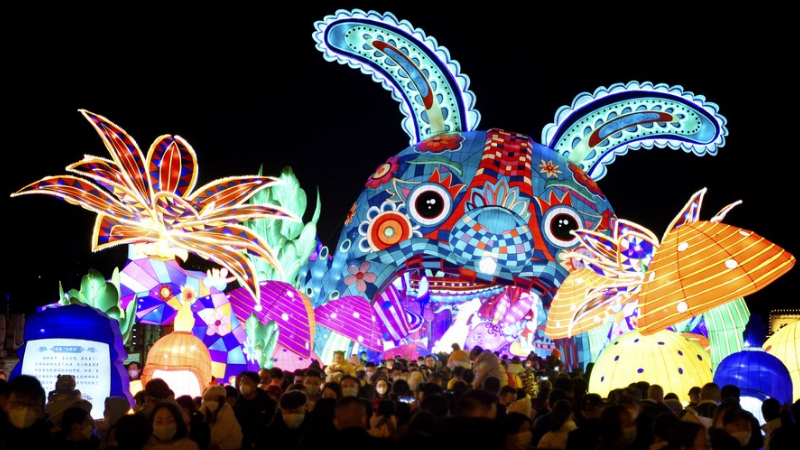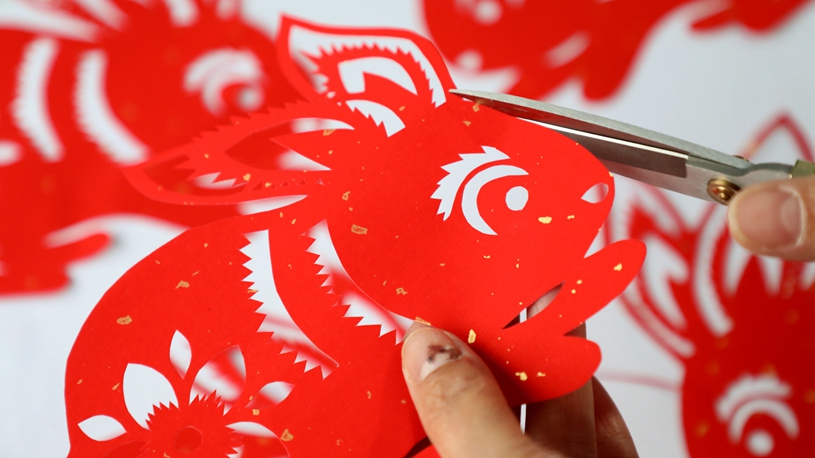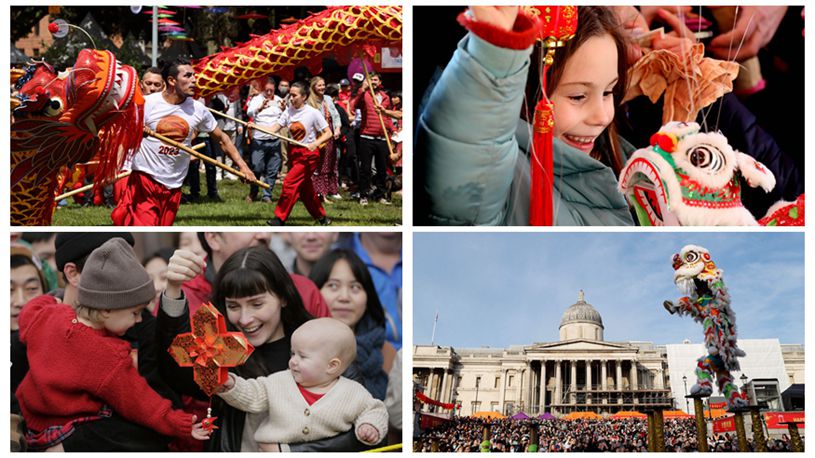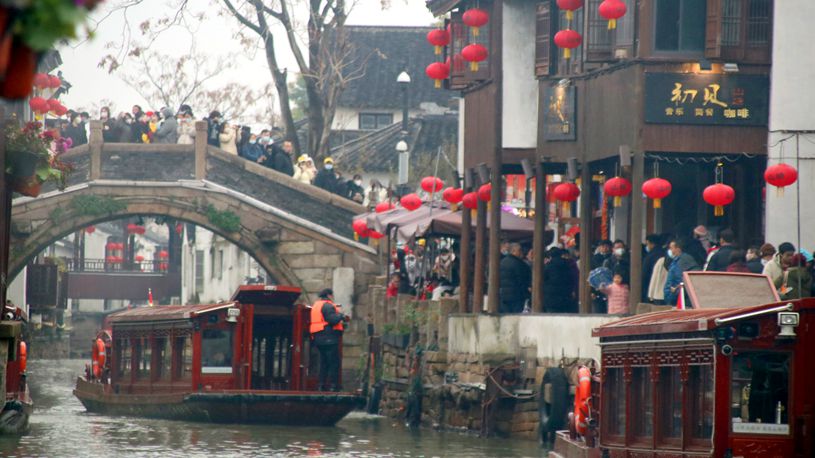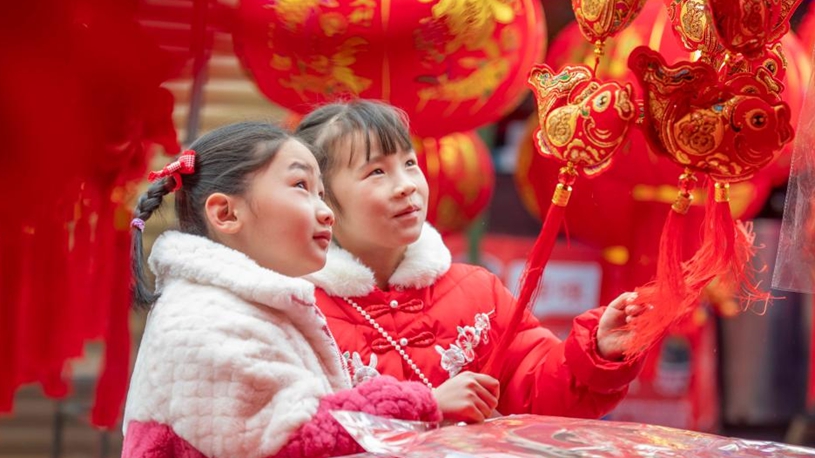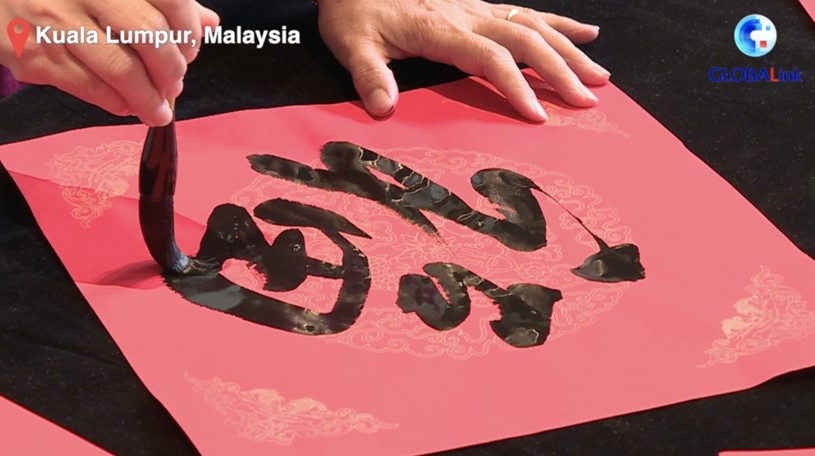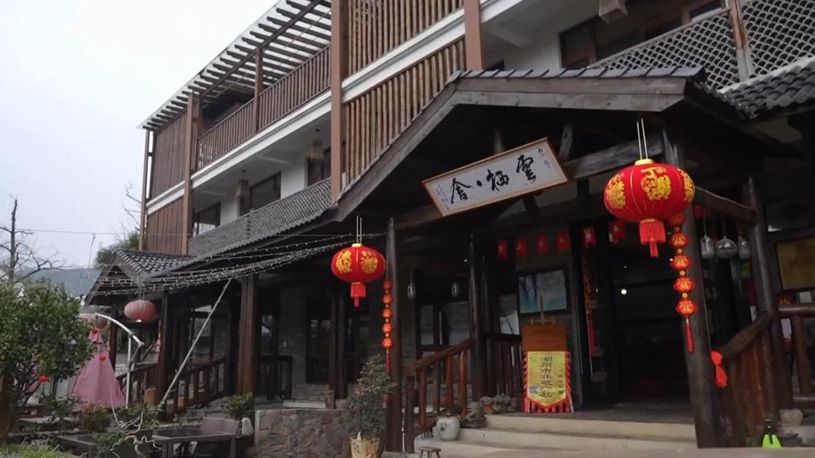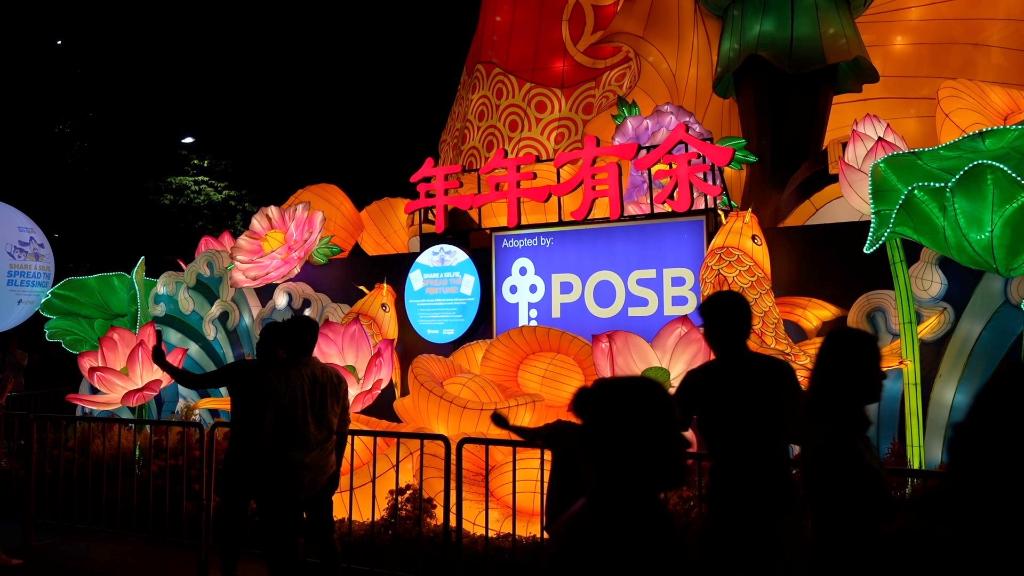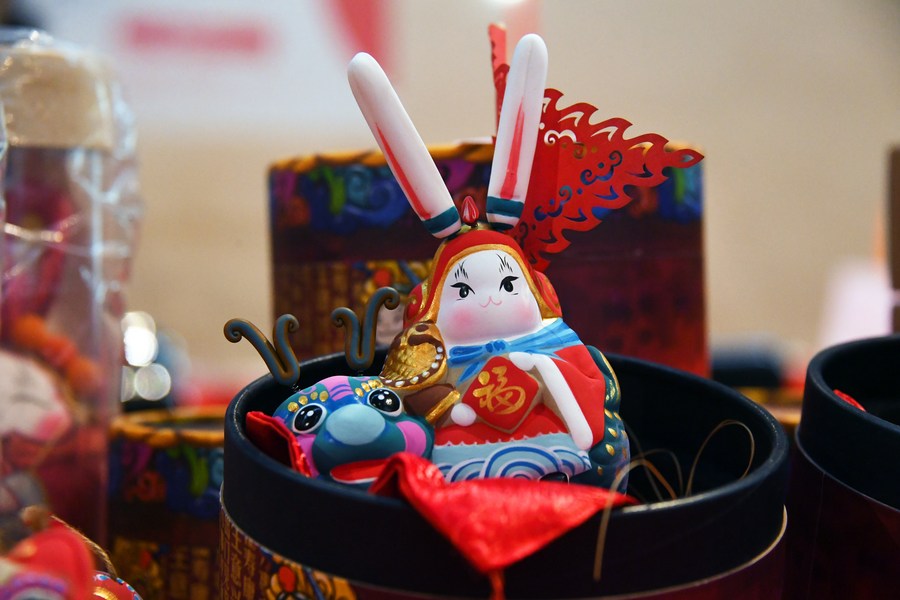
A clay sculpture "Lord Rabbit" is pictured in the China Millennium Monument in Beijing, capital of China, Jan. 23, 2023. (Xinhua/Ren Chao)
BEIJING, Jan. 26 (Xinhua) -- Lord Rabbit, the most popular and beloved bunny in Beijing, is expected to have the busiest year of its career as the Chinese celebrate the Year of the Rabbit, which comes around once every 12 years.
So do the Lord Rabbit makers.
With a human body and rabbit ears and mouth, Lord Rabbit, known as Tu'er Ye in Chinese, is a traditional handicraft and a festive clay toy for children, especially in Beijing. People believe it can bring happiness and good luck, as well as ward off disease.
At a store in Xicheng District, products featuring Lord Rabbit, including clay figurines and fridge magnets, attract crowds of tourists.
"My orders soared at the beginning of the year," said 60-year-old craftsman Zhang Zhongqiang who owns the store. "To attract more fans, elements such as praying for good luck and health in the post-pandemic era are added to the rabbit design."
The Chinese Lunar New Year, or Spring Festival, fell on Jan. 22 this year. Of the 12 Chinese Zodiac animals, the fourth is the rabbit, while the others are the rat, ox, tiger, dragon, snake, horse, goat, monkey, rooster, dog and pig.
CENTURIES-OLD TOY
Legend has it that a plague once broke out in Beijing before the Mid-Autumn Festival, so the Chinese goddess of the Moon Chang'e dispatched her pet Jade Rabbit to help cure the disease.
In the iconic image, Lord Rabbit usually wears a golden helmet and armor and holds a pestle, a tool for pounding medicine.
According to Shuang Yan, a well-known Lord Rabbit craftsman, the rabbit is actually a female. She borrowed a helmet and armor from a deity in a temple and dressed like a man to help her treat patients in the feudal society of the time.
People used to honor Lord Rabbit during festivals such as the Mid-Autumn Festival, praying for the health of family members. Although the rituals have faded away, Lord Rabbit is still a cultural icon in Beijing.
Zhang believes Lord Rabbit will find renewed favor with customers this year.
Born in the Year of the Rabbit, Zhang grew up in Beijing. With an interest in making clay figurines since childhood, he peddled self-made toys of Chinese Zodiac animals outside hotels in the 1980s and set up his own toy store in the 1990s.
In 2000, Zhang opened a shop specialized in making and selling Lord Rabbit figurines. To improve his skills, he learned traditional rabbit-making techniques from Shuang.
The making of Lord Rabbit figurines was inscribed on the list of national intangible cultural heritage in 2014. The production process is quite complicated, consisting of selecting the clay, kneading it, modeling the clay into various shapes, then airing and painting them.
"Getting started with traditional clay sculptures is not difficult. But the deeper you go, the more challenging it is to stick to it," Zhang said. "When I was a kid, I took it as a hobby. As I grew up, it became my rice bowl, and I have to keep innovating to keep a tight grip on it."
UNDYING EFFORTS
For Zhang, innovation gives these traditional clay sculptures new life. "The market only welcomes artworks that follow the theme and trend of the times while adopting traditional materials and techniques," he said.
With this artistic philosophy, he draws inspiration from both traditional Chinese culture and hot topics in society, creating excellent works featuring China's space missions and the World Cup, among others.
In September 2022, Zhang, together with several organizations, including the Intangible Cultural Heritage Protection Center of Xicheng District, released some Lord Rabbit digital collectibles. The 5,000 digital items were quickly snapped up.
However, his teacher Shuang refuses to make too many changes to the traditional image of Lord Rabbit, which the 64-year-old craftsman believes may result in the story and folk customs behind it being misunderstood.
"We should preserve our traditional culture by keeping its original taste and flavor. Only in this way can we keep our 'roots' intact," said Shuang, who is struggling to make ends meet. To save costs, he has even moved his workshop to suburban Beijing.
But Shuang sees hopes in reviving the traditional craft. In 2019, Beijing's legislature approved its first regulation on intangible cultural heritage. Several schools in Beijing have launched intangible cultural heritage programs, inviting craftsmen and performers into classrooms, presenting their art and skills to inspire the younger generation's interest in tradition.
In the Year of the Rabbit, Shuang received soaring orders for rabbit figurines. His son and nephew are helping him to carry on this traditional craft, and he hopes more youngsters will make a full-time job from Lord Rabbit.
"My father once said that, if I gave up, Lord Rabbit might disappear in Beijing. Decades have passed, but his words still keep me vigilant and drive me to move on," Shuang said. ■

